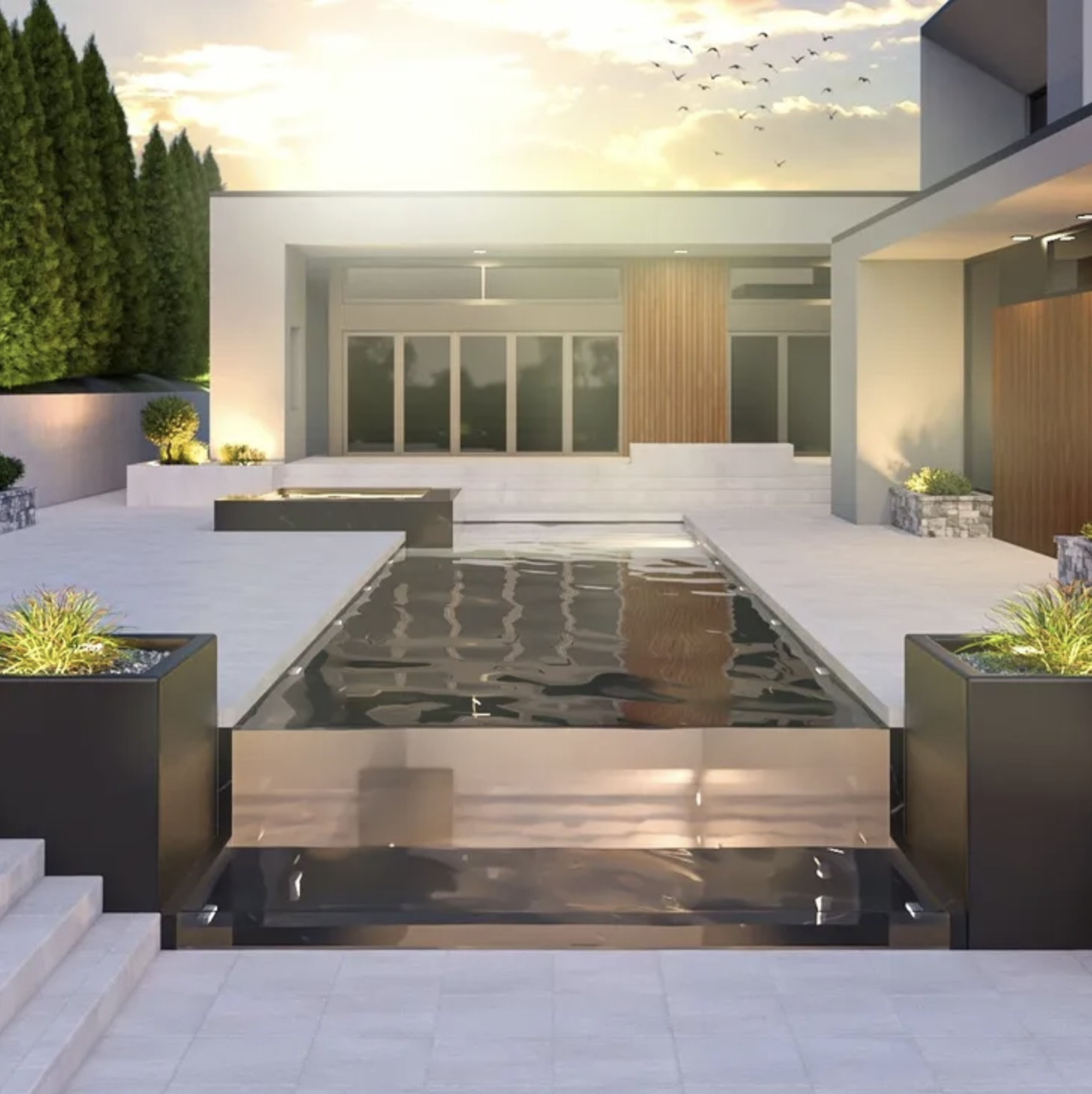Retaining Walls
Our retaining walls are designed to be both functional and visually striking—providing essential soil support while enhancing the beauty and structure of your landscape. Whether you’re looking to level a sloped yard, prevent erosion, or create elevated garden spaces, our walls are built with precision, strength, and style.
We specialize in decorative and structural retaining walls using premium materials such as concrete block, natural stone, and Belgard products, offering a wide range of textures, colors, and finishes to complement your property. Each wall is engineered for long-term durability and expertly installed to ensure proper drainage and stability.
Beyond their practical purpose, retaining walls can also serve as architectural features—defining outdoor living areas, framing patios and pathways, or adding dimension to your garden design. From modern linear styles to timeless stone finishes, we create retaining walls that seamlessly integrate with your home and landscape.
Built to withstand Southern California’s terrain and climate, our retaining walls combine form and function, delivering structural integrity and lasting visual appeal..
Design Build Service
Let Our Team of Designers Build Your Dream
Our Design-Build service is a seamless, integrated approach that brings both design and construction together under one roof. By uniting these disciplines, we streamline communication, accelerate project delivery, and ensure your vision is carried through every stage of the process with precision and care.
Single Point of Responsibility
We serve as your single point of contact, handling both design and construction. This eliminates the back-and-forth between separate entities, reduces misunderstandings, and creates a more efficient decision-making process.
Faster Project Delivery
Unlike traditional design-bid-build methods, the Design-Build model allows design and construction phases to overlap. Early construction activities can begin while design details are being finalized, resulting in shorter timelines and faster project completion.
Cost Savings
Our collaborative process reduces costly redesigns and change orders by identifying potential issues early. With no need for competitive bidding, procurement is streamlined, and we leverage our relationships with subcontractors and suppliers to achieve cost efficiencies.
Improved Communication & Collaboration
Our integrated team works closely together from start to finish, ensuring your goals are consistently prioritized. This fosters innovation, encourages problem-solving, and keeps your project aligned with your vision.
Enhanced Quality
With full accountability for both design and construction, we uphold the highest quality standards throughout every stage of the project. Continuous quality control and early constructability reviews ensure your design is both beautiful and practical.
Collaboration for Innovation
Our process promotes creative solutions and the use of advanced technologies, sustainable practices, and modern construction methods. The result is a project that not only meets but exceeds expectations, delivering long-term value and inspired design.


